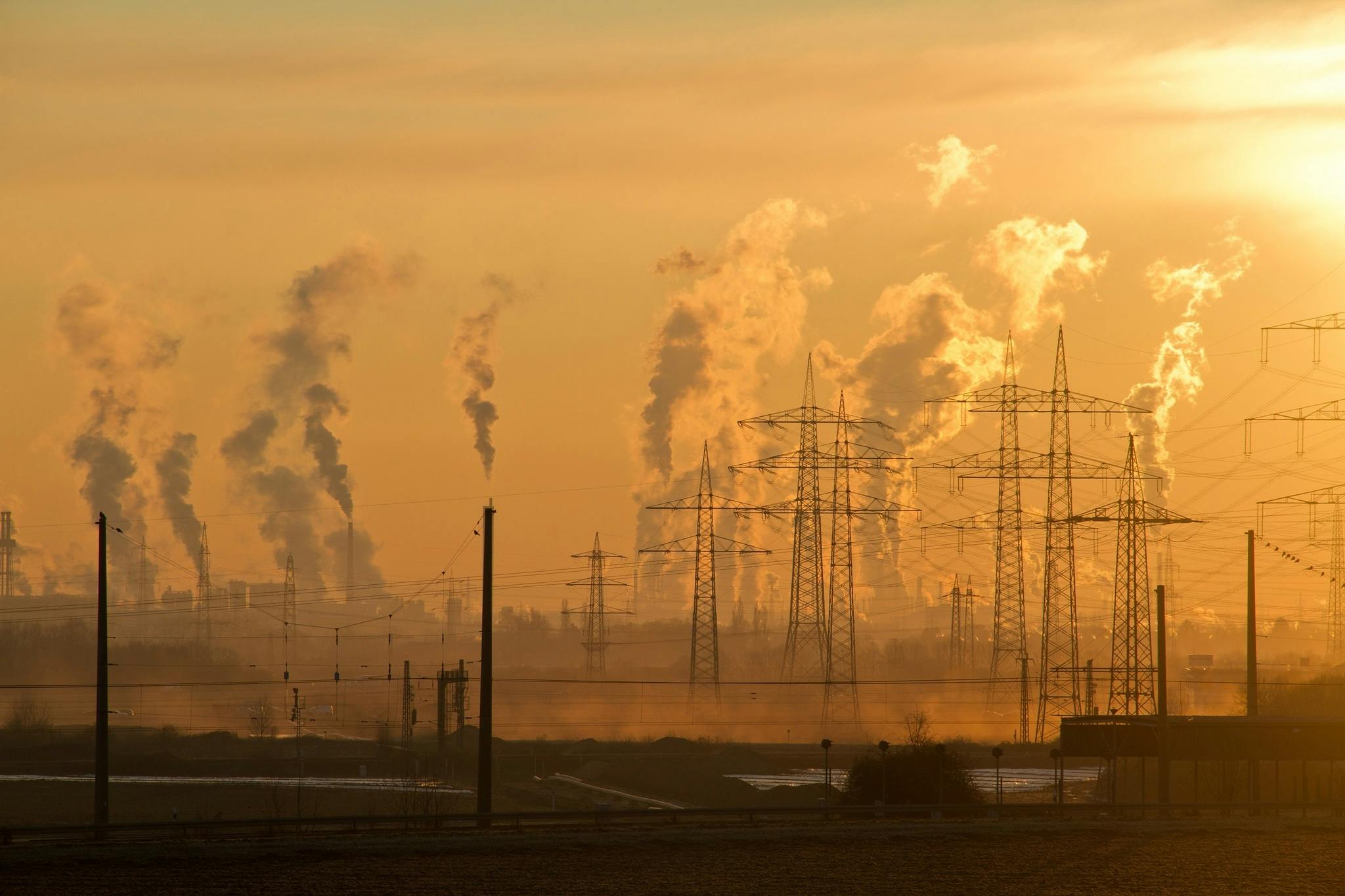
Once a far-off danger, climate change is now an unsettling fact. Extreme weather events like harmful floods, fierce wildfires, and cooking heatwaves are becoming more often and intense. The basic principles of climate action have long been decrease and adaptation, but a new, severe element has surfaced: “loss and damage.” This idea recognizes that some effects of climate change are now certain and that come at a staggering cost, especially to the most vulnerable countries that bear the least responsibility for the situation.
Recognizing Damage and Loss
“Loss and damage” describes the adverse consequences of climate change that adaptation or mitigation cannot prevent. It consists of earnings as well as losses.
- Economic losses include the loss of employment and economic output, as well as damaged property, crops, and infrastructure. For instance, a coastal village has a direct economic impact when its fishing fleet is lost as a result of sea level rise.
- Non-economic losses are just as irritating but more difficult to measure. These include biodiversity loss, cultural heritage loss, relocation, and even loss of life. Irreplaceable losses occurred when entire populations leave their homes or when old coral reefs are ruined.
This concept focuses focus to how a disadvantage climate change consists of nature. The countries most impacted by the effects of greenhouse gas emissions most frequently are all those have made the least contribution to them. While wealthier, industrialized nations opposite one another the majority of historical guilt, and sea level rise and harsh weather pose existential dangers to small island developing states (SIDS) and nations that are least developed, (LDCs).
The Need to Address Damage and Loss literally
As climate-related disaster have come to be greater the severity and frequency of in recent years, there has been an increased need to manage loss and damage. Devastating floods in Pakistan in 2022 and protracted droughts in the Horn of Africa are just two examples of the events that have highlighted the pressing matter for financial and technical assistance to aid in the recovery and reconstruction of nations who are at risk
The major achievement was the developing of a “a depletion and damage fund” during COP27 in Sharm el-Sheikh. It resembled a growing understanding that wealthy nations have an ethical and moral duty to help individuals that are most impacted by climate change. The fund’s specifics, such as its operationalization, financing sources, and payout process, are still being finalized, though.
Obstacles and Things that You Should Consider About
placing in place a strong loss and damage methodology is fraught with difficulties.
- Attribution: It can be difficult to establish how much of a given climatic event can spend be put down to human-caused climate change. As a result of this, it has spoken out to pass on cash and assign duty assignments.
- capital: It becomes crucial to have fit and steadily financial support for the damage and loss that you fund. Developed nations need to keep their promises and make sure the fund is large enough funding.
- Access: It is crucial to make sure that the monies are accessible without restrictions to disadvantaged nation states. Complex processing processes and bureaucratic obstacles must be reduced.
- Non-economic losses: It can be a bit challenging to quantify and deal with non-economic losses. How can the trauma of displacement or a passing of cultural heritage be made up for?
- Preventive actions, such as Addressing current losses is important, but in order to reduce future losses, it’s also critical to invest in preventative measures like early warning systems and climate-resilient infrastructure.
- Governance: The loss and damage fund’s governance structure must to be open, just, and in error. For the state fulfillment of these demands of communities that are at risk, it ought to assurance that monies may be used in a correct manner.
Going Behind
A collaborated collaborative effort is imperative to address loss and damage. It is about fairness, solidarity, and a common target to guarantee a more resilient future; it is not only about financial aid.
- It is imperative that developed nations take the lead for giving vulnerable nations financial and technical assistance.
- To create effective models for critically dealing via and averting loss and damage, international collaboration is crucial.
- It is necessary to provide countries that are at risk with enough power to actively engage in loss and damage decision-making procedures.
- To complement traditional help, creative lending technology are required, such as the use of climate risk insurance.
Building resilience in communities that are in peril must be a priority.
Recognizing the human cost of climate change and accepting responsibility for our shared future are at the heart of the loss and damage consideration, which pairs apart from financial considerations. Addressing catastrophes and casualties will become more and more fundamental as the climate catastrophe worsens in order to maintain a fair and just transition about a sustainable future.

